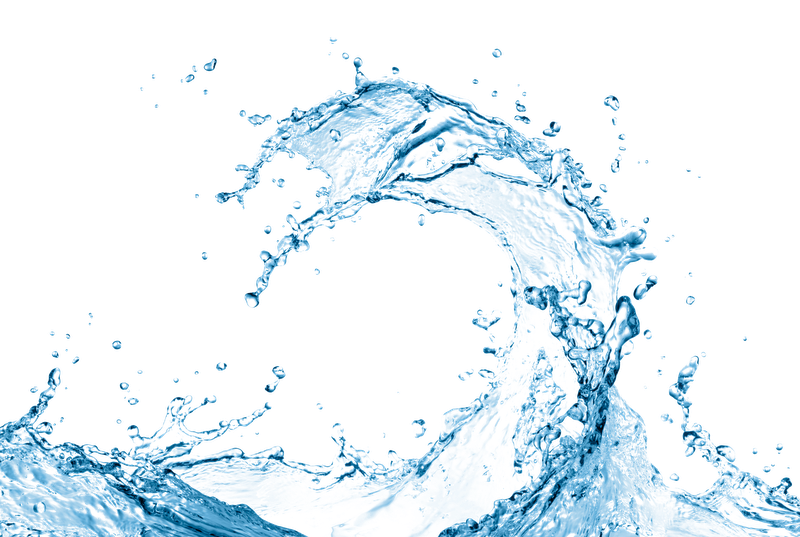Have Questions?
Frequently Asked Questions
We hope we have covered most of the frequently asked questions regarding Water Treatment and Waste Water Management . You can feel free to contact us any time if you have any other doubts regarding Water Treatment and Waste Water Management

Reverse osmosis, often referred to as RO, is an advanced water purification method. It is a membrane filtration technology that works by forcing water under pressure through the very tiny pores of a semi-permeable membrane. Modern reverse osmosis units for the home combine membrane technology with carbon and mechanical filtration to produce highly purified, great-tasting water.
First of all, if you compare alkaline water machines to medical equipment, they’re not expensive at all. But I’ll explain how the expense of an alkaline water machine breaks down.
1) The water ionizer contains platinum coated plates. Platinum is quite expensive. Cheap water ionizers that use alloys are not able to ionize as efficiently or safely.
2) Design, electronics, fine workmanship and warranties are also quite costly.
Aquaponics is the merging together of aquaculture and hydroponics. The problems with these are the same, you have to discard the water after a while because of pollution but when you put the two of them together, if forms a system where the water polluted by the fish becomes the nutrients for the plants. The new symbiotic relationship is called aquaponics.
The process of growing plants in sand, gravel, or liquid (or other mediums), with added nutrients but without soil. The main principles of hydroponics are increased oxygen to the root zone and liquid feed delivered directly to roots. These factors result in increased growth rates and increased yields when compared to tradition soil gardens where much lower oxygen and often nutrient levels are present
When water is referred to as ‘hard’ this simply means, that it contains more minerals than ordinary water. These are especially the minerals calcium and magnesium. The degree of hardness of the water increases, when more calcium and magnesium dissolves.
Magnesium and calcium are positively charged ions. Because of their presence, other positively charged ions will dissolve less easily in hard water than in water that does not contain calcium and magnesium.
This is the cause of the fact that soap doesn’t really dissolve in hard water.
Pneumatic systems use pressurized gas or air to move media and when found in industrial applications are commonly powered by compressed inert gases or compressed air. A centrally located compressor is used to power cylinders, motors, and other pneumatic devices, including pumps. These systems are often controlled through either a manual or automatic solenoid valve and can provide a more flexible, lower cost, and safer alternative to electric or gas-powered motors.
